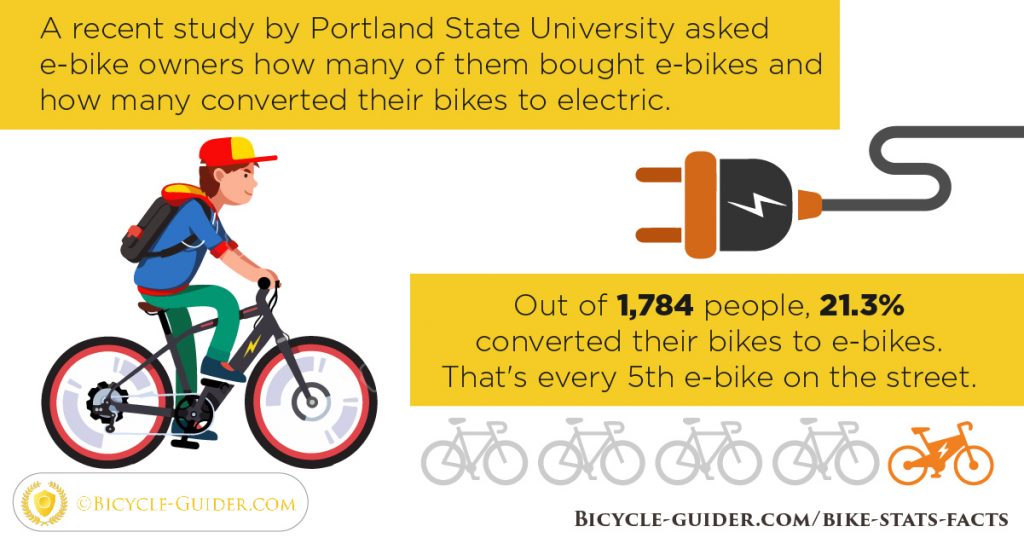Acquaint Yourself With The Policies In Your Region To Make Certain Secure And Legal E-Bike Riding
Acquaint Yourself With The Policies In Your Region To Make Certain Secure And Legal E-Bike Riding
Blog Article
Composed By-Spivey Willumsen
Before you get on your e-bike and struck the streets, it's vital to comprehend the laws and regulations that regulate your city. From speed limitations to designated riding locations, there's a whole lot to take into consideration to ensure you're certified and risk-free. By Read the Full Content on your own with the guidelines particular to e-bikes, you'll be much better geared up to enjoy your adventures with no unanticipated lawful problems. Stay tuned to find key insights that will aid you browse the e-bike landscape in your city perfectly.
Recognizing E-Bike Category
When it comes to browsing the world of e-bike laws and laws, a critical starting factor is recognizing the classification system that classifies these electrical bicycles. E-bikes are generally identified into 3 main categories: Course 1, Course 2, and Class 3.
Class 1 e-bikes are pedal-assist only, suggesting they provide aid while the rider is pedaling and have a maximum speed of 20 mph. These bikes are allowed in areas where conventional bikes are permitted.
Class 2 e-bikes are furnished with a throttle that can thrust the bike without pedaling. They also have a maximum speed of 20 miles per hour and are suitable for riders that might need assistance without pedaling continually.
Course 3 e-bikes are similar to Course 1 but with a greater maximum speed of 28 mph. These bikes are frequently restricted from certain bike courses or tracks due to their greater rates.
Understanding these classifications is important for adhering to regional policies and making certain a secure and satisfying e-biking experience.
Navigating Speed Limits and Restrictions
To properly navigate e-bike legislations and laws, it's essential to comprehend the speed restrictions and restrictions that put on different courses of electric bicycles.
Rate restrictions for e-bikes vary relying on the category of the bike. Course 1 e-bikes, which are pedal-assist only and have a maximum speed of 20 miles per hour, are commonly permitted on bike lanes and paths.
Class 2 e-bikes, which have a throttle along with pedal-assist and likewise reach speeds of approximately 20 mph, might be limited in particular areas where motorized vehicles aren't allowed.
https://fat-ebike42197.mdkblog.com/37982184/the-future-generation-of-commuting-the-impact-of-electric-bikes-on-urban-flexibility -bikes, with pedal-assist as much as 28 mph, are normally needed to comply with the same regulations as traditional bicycles.
It is essential to abide by these rate restrictions and constraints to guarantee your security and the safety of others on the road. Before riding your e-bike, acquaint yourself with the specific regulations in your city to stay clear of any type of prospective penalties or lawful problems.
Where to Experience Your E-Bike
To establish where you can ride your e-bike, it's vital to understand the policies and standards certain to your place. In a lot of locations, e-bikes are commonly permitted on roadways and roads where traditional bicycles are permitted. This may include bike lanes, bike paths, and shared roads. However, it's crucial to inspect neighborhood regulations as some cities may have specific constraints on where e-bikes can be ridden.
When riding cruiser bike vs hybrid -bike, constantly prioritize safety by adhering to website traffic policies and appreciating pedestrian pathways. In addition, bear in mind any type of assigned bike lanes or courses in your location and use them whenever possible to ensure a smoother and safer adventure.
Some cities also have policies concerning e-bike usage on walkways, so ensure to acquaint on your own with these policies to stay clear of any type of fines or fines.
Final thought
Now that you know with the legislations and laws surrounding e-bikes in your city, you can confidently hit the road understanding where you can ride and what limitations apply to your e-bike classification. Keep in mind to constantly prioritize security and adhere to the rules to make sure a smooth and legal trip. Satisfied riding!
